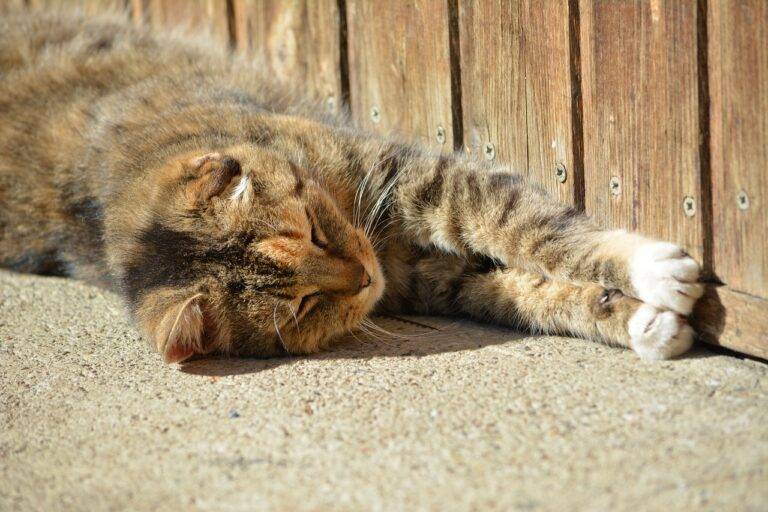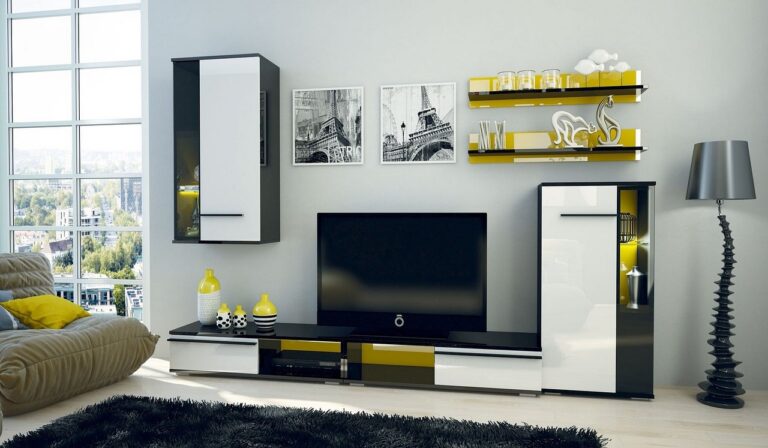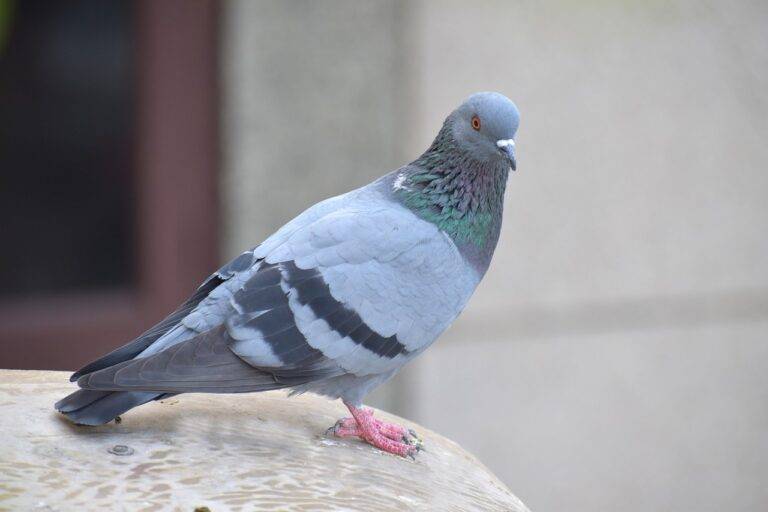The Influence of Mediterranean Style in Home Improvement
Mediterranean style is renowned for its warm and welcoming ambiance that effortlessly blends elements of coastal living, rustic charm, and old-world elegance. This design aesthetic often incorporates natural materials such as wood, stone, and wrought iron to create a sense of authenticity and timelessness. The use of warm, earthy tones like terracotta, deep blues, and creamy whites evoke the sun-soaked landscapes and azure waters of the Mediterranean region.
Color Palette in Mediterranean Design
Mediterranean design embraces a rich color palette inspired by the sun-soaked landscapes of Southern Europe. Earthy tones like terracotta, ochre, and sandy beige are commonly used to evoke the warmth of the Mediterranean region. These hues are often complemented by vibrant blues and greens reminiscent of the sea and sky, adding a refreshing touch to the overall color scheme. Bold pops of red, yellow, and orange are also frequently incorporated to infuse energy and passion into the design aesthetic.
In addition to these warm and vibrant colors, Mediterranean design also embraces a range of neutrals such as whites and creams to balance out the bold hues. These neutral shades help create a sense of airiness and lightness in a space, reflecting the bright sunlight that characterizes Mediterranean climates. By combining these various colors in a harmonious way, Mediterranean design seeks to bring the essence of the region’s natural beauty and relaxed lifestyle into interior spaces.
Materials and Textures Used
The Mediterranean style is known for its use of natural materials and textures that evoke a sense of warmth and comfort in a space. Common materials used in this design style include aged wood, rough-hewn stone, terracotta tiles, and wrought iron. These elements add a rustic and earthy charm to the interiors, creating a cozy and inviting atmosphere.
Textures play a vital role in Mediterranean design, with a focus on tactile surfaces that exude a sense of history and tradition. Rough plaster walls, hand-painted tiles, and woven textiles are signature textures that bring depth and character to the design scheme. By incorporating these materials and textures, a Mediterranean-inspired space can transport you to the idyllic coastal regions of Southern Europe, where simplicity and beauty coexist harmoniously.
What are some key characteristics of Mediterranean style?
Some key characteristics of Mediterranean style include the use of natural materials, such as wood and stone, as well as warm and earthy colors. Other common features include arches, terracotta tiles, and wrought iron accents.
What colors are commonly used in Mediterranean design?
The color palette in Mediterranean design typically includes warm and vibrant hues such as terracotta, ochre, azure blue, and olive green. These colors are inspired by the landscape and sea of the Mediterranean region.
What materials and textures are commonly used in Mediterranean design?
Common materials used in Mediterranean design include natural stone, terracotta tiles, wrought iron, and wood. Textures such as rough plaster walls, exposed beams, and rustic finishes are also often incorporated to create a warm and inviting atmosphere.







